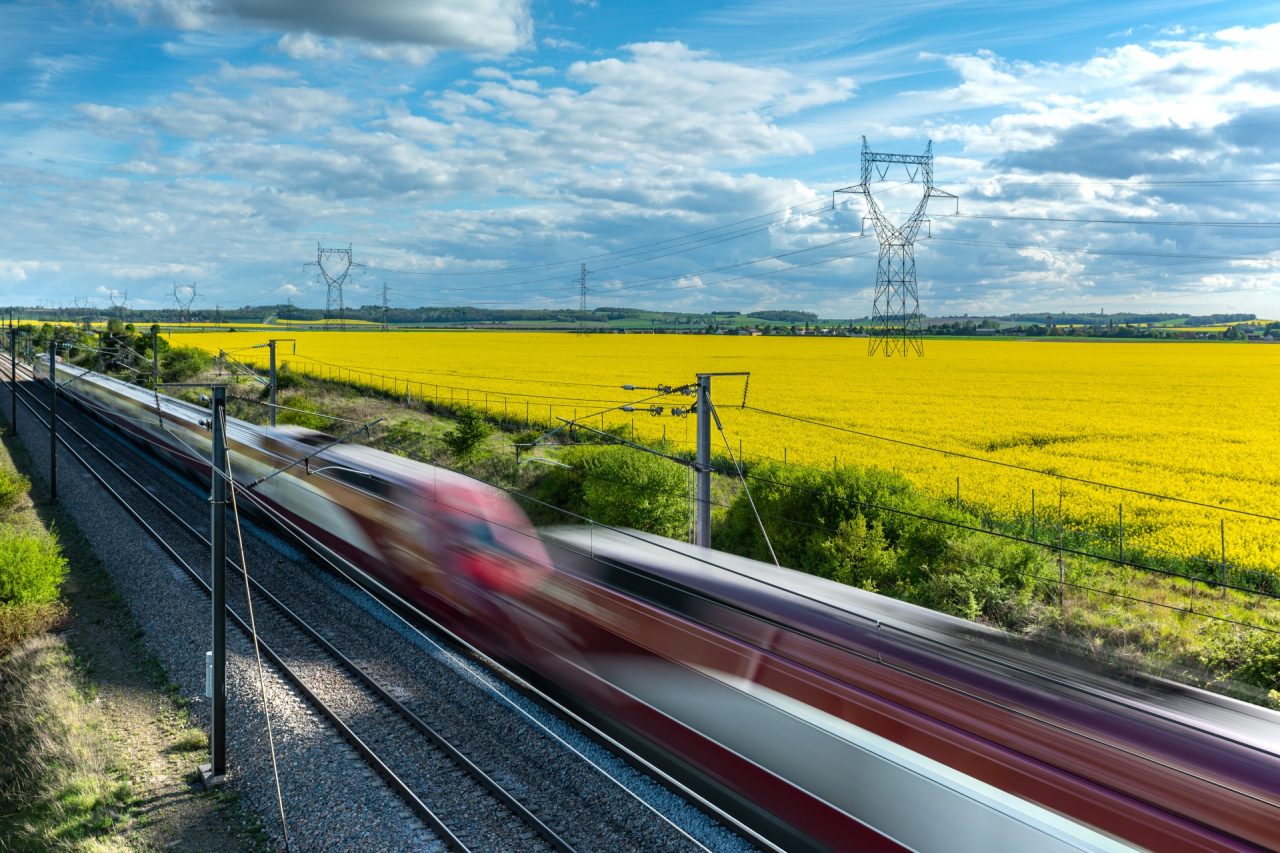Across Europe, the unprecedented crisis created by COVID-19, along with the collapse of manufacturing, disruption of the supply chain, and huge uptick in unemployment – publicly visible as well as concealed – has necessitated equally unprecedented shifts and emergency aid measures. In the face of such an immense strain on public finances, long-term processes of change that were already underway can be accelerated. This is especially true for infrastructure investments, which are fundamental to both the green and digital shifts that will be key to achieving sustainable development in the near future.
The transition toward green infrastructure: France’s ambitions
Presented by the French government in September 2020 to counteract the recession, the Plan Relance envisages €100 billion ($118 billion) in investments (one third of the annual state budget). Some €3.9 billion ($4.6 billion) of the total is directly linked to infrastructure works.
For about one third of these works, promoting an ecologically friendly transition is the key issue: priorities include modernising water systems and electricity grids, stimulating urban development, protecting biodiversity and “cleaning up” transport, which accounts for over 60% of infrastructure investments. The National Recovery Plan indicates that making transport a lever for ecological transformation is a goal. This is particularly clear in its support of low-impact daily mobility (cycle paths, for example), changes to the rail network, and port renovation.

The French plan: investments are a go, but with medium-term effects
This highly ambitious project is an outgrowth of a months-long consultation with civil society, in which President Macron took part. Its urgency cannot be overstated. According to a recent study by OFCE, the first half of 2020 saw an unprecedented drop in public investment: practically speaking, this means the government has not even made sufficient compensation for the depreciation of existing public assets.
But the devil is in the details – in particular, in whether or not the announced measures can be quickly executed. In the 2021 budget, €3.5 billion ($4.6 billion) in commitment authorisations (CA) have been announced, but only €732 million ($869 million) in payment credits (CP) are on record for 2021. In shooting for an immediate “revival” effect at the economic and social level, the stimulus plan involves funds that will only have an effect in the medium term (mainly in 2022 and beyond).
A relevant factor here is the successful involvement of communities in the design phase and obtaining their approval of the development plan. This approval may even extend to the execution phase, when changes can be improvised as things move along. On the other hand, the “reach” of the recovery will depend heavily on how well the Plan Relance can be implemented alongside local development initiatives. With local communities accounting for 70% of public investment, the stimulus plan’s regional reach should increase the leverage of the measures that have been announced. In other words, €732 million of appropriations planned for 2021 toward public works should be equivalent to a total investment of more than €2.1 billion ($2,4 billion). That is, every euro invested in infrastructure projects will generate, on average, another 2 in local investments.
On that note, although key actors in the sector (who together make up the Fédération national des Travaux Publics) have criticized the lack of local investment support measures, they have embraced the appointment of sub-prefects overseeing revitalization, as well as the approval of a bill on administrative streamlining. The bill contains measures to optimize timeframes for processing and appeals.

Plan Relance: an early assessment
At the end of 2020, of the plan’s €100 billion, €11 billion ($13 billion) had already been earmarked for specific purposes, and €9 billion ($10.6 billion) paid out. This data comes from www.planderelance.gouv.fr, which also contains detailed mapping documentation which helpfully clarifies how the measures are being “territorialized.”
The measures, of course, are varied. They have so far included the distribution of more than €500 million ($593 million) in support of the neediest families, timed with the reopening of schools (la rentrée scolaire), as well as the “1 jeune, 1 solution” youth employment initiative, which helped fund hires of more than 1 million people under 26, with contracts of at least three months’ duration and almost half a million apprentices.
Regarding infrastructure, for the moment, the favored player is the SNCF, the state-owned railways group, to develop freight transport and ensure network maintenance, both essential factors for decarbonising the economy. In addition, €1.2 billion ($1.4 billion) of a planned €2 billion ($2.3 billion) has already been disbursed to support local mobility companies, and €470 million ($557 million) has been put toward encouraging purchase of electric and hybrid cars through conversion bonuses (or bonus écologique). On the construction side of things, numerous projects have been launched to foster energy redesign, such as MaPrimeRénov’ (which has seen a significant increase in applications).
Investing to create jobs
In order for the Plan de Relance – and in particular, its infrastructure component – to effectively impact economic activity and job creation as quickly as possible, a number of things need to happen. First and foremost, payment credits need to be accelerated (in particular DSIL local investment and DETR rural infrastructure allocations); support must be prioritised for projects with more immediate viability (such as road maintenance and lighting); and technical and administrative procedures need to be facilitated, particularly those that benefit smaller municipalities (France has some 35,000 of those, just under 30,000 of which have fewer than 2,000 residents).
France’s approach offers important takeaways for other European countries, Italy first and foremost. During a time when health is precarious and economic uncertainty dominates, the key lesson is that restarting the country and economy is best carried out via simplification measures and involving local players. Such players are ultimately the only parties who can guarantee rapid execution (and multiplication) of spending commitments. OFCE’s estimate for France also holds up on the other side of the Alps: a public investment program of 1% of GDP can create almost 300,000 jobs after five years.

